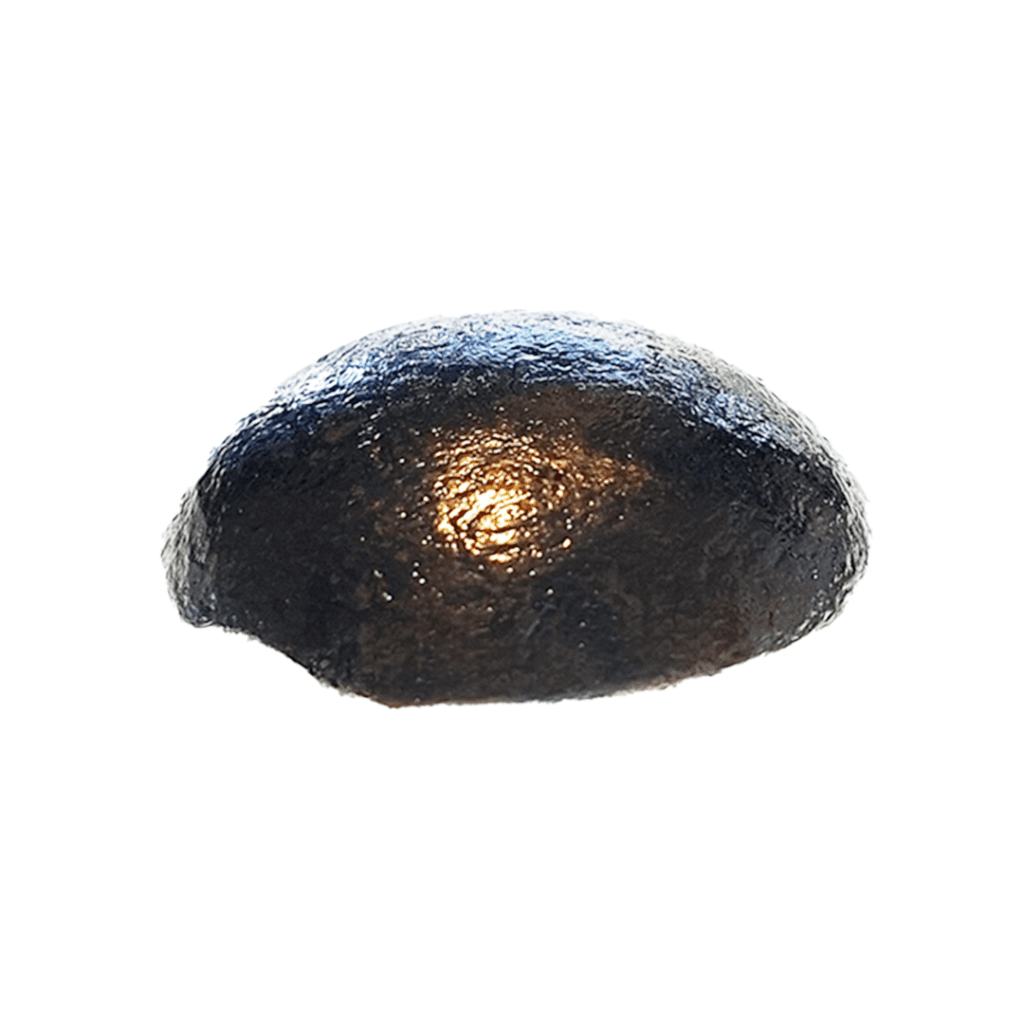
| Composition | Tin Pellets/ Sticks 99.9% |
| Common metallic impurities | Trace metals basis |
| Physical Description | Pellets nominally 6mm/ Silver coloured metallic sticks, nominally 100 grams in weight |
| Analytics | ICP-OES |
| Certificate of analysis | Available upon request |
| Packaging | Packed in sealed polythene bags and supplied in securely sealed metal drums, resistant to the impregnation of water |